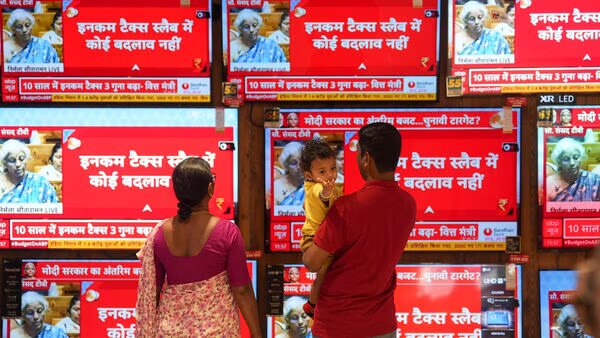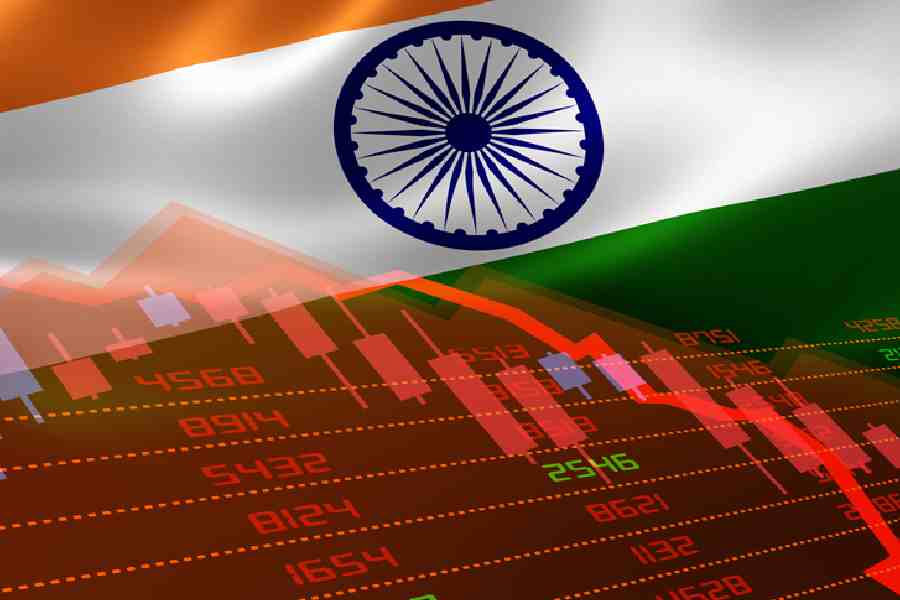CRISIL expects the Indian economy to moderate to 6.4% growth in the next financial year, with a need to monitor the impact of the Middle East conflict on energy and logistics costs.
The Indian economy is anticipated to experience a consistent growth of 6.7 percent annually from 2024 to 2031, as per the latest report by CRISIL. This projection slightly surpasses the pre-pandemic average of 6.6 percent, PTI reported.
CRISIL attributes this growth trend to capital, highlighting the government’s investment-driven approach during a period when the private sector hesitated to make substantial investments. The government’s notable increase in capital expenditure, supporting infrastructure projects and offering interest-free loans to states, is identified as a pivotal factor, it said.

Current and Future Trends
After achieving a robust 7.3 percent growth in the current fiscal year, CRISIL predicts a moderation to 6.4 percent in the next financial year. Additionally, the report emphasises the importance of monitoring the Middle East conflict’s impact on energy and logistics costs.
The report points out that in December 2023, India’s inflation level stood at 5.7 percent, primarily driven by fluctuating vegetable prices and food grain inflation. CRISIL suggests that this inflation scenario will make the Reserve Bank of India (RBI) exercise caution in pursuit of its four per cent inflation target.
Also Read | Mint Primer: Can India become a $7 trillion economy by 2030?
CRISIL also notes that the Federal Reserve of the United States is expected to implement rate cuts this year. The uncertainty arises from strong labour market data and higher-than-expected inflation, casting doubts on the timing and extent of the anticipated rate cuts in the coming year.
FinMin eyes around 7% growth in FY25, $7 trillion by 2030
Even as the finance ministry expects FY24 economic growth to exceed the central bank’s projection of 7 percent, it also expects growth in the following year, FY25, to be close to 7 percent, even though geopolitical risks could lead to supply chain disruptions and a rise in inflation.
Separately, agencies such as the International Monetary Fund and the World Bank have predicted FY25 gross domestic product (GDP) growth in the region of 6.3-6.4 percent.

The ministry’s latest monthly economic review released on January 30 also said that under reasonable assumptions, India can aspire to become a $7 trillion economy by 2030, adding that in the next three years, the country is expected to become a $5 trillion economy, the third largest in the world, and the government has set a higher goal of becoming a “developed country by 2047.”
India will continue its upward growth trajectory on the back of stable and robust domestic demand, expanding private consumption and investments, and structural reforms, chief economic adviser in the finance ministry, V. Anantha Nageswaran, and his team said in the review.
Here’s your comprehensive 3-minute summary of all the things Finance Minister Nirmala Sitharaman said in her Budget speech:



















